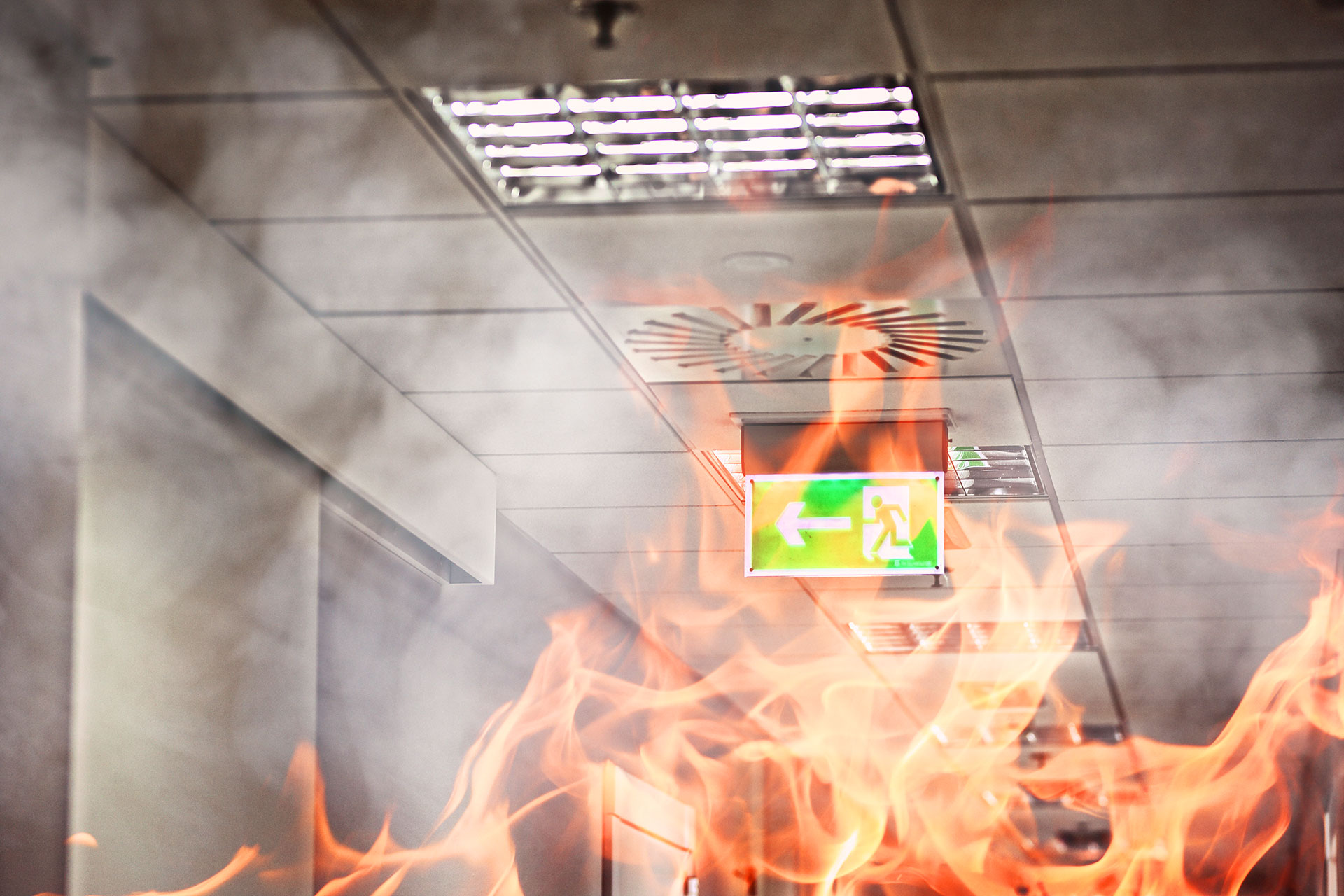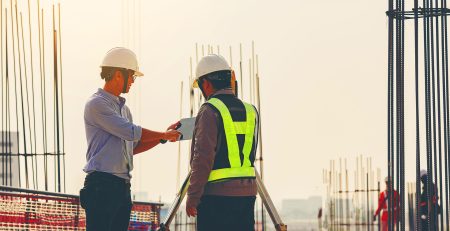Fire Ratings That Could Save Your Building Project
Fire! They say it reveals what lies beneath. A spark doesn’t just warm a room; it also exposes materials that falter when smoke turns toxic and heat spreads. That’s why fire ratings aren’t just labels. They’re silent guardians of safety, often the difference between a safe exit and disaster.
When Material Choice becomes Life’s First Line of Defense
Not all fabrics, wall coverings, or finishes endure the same. Some resist flames, others merely delay them, and some collapse, feeding the fire. Knowing the difference means selecting materials that won’t betray you when the temperature spikes. A high fire rating isn’t a marketing bullet point; it’s a safety promise.
Ratings Decoded, and Why They Matter Now
Fire ratings may sound like jargon, but they tell a clear story. They measure how long materials withstand heat and prevent flame spread. Choosing a material just because of its color or texture? Risky.
Choosing one with a proven fire rating? Wise. It protects occupants, safeguards your investment, and stabilizes insurance costs, too.
Building Codes aren’t Optional, They’re Insurance
Builders often think codes are just hurdles to clear. Truth is, fire ratings are woven into those requirements because safety isn’t a guideline; it’s essential. Skipping the correct rating isn’t saving money. It’s rolling the dice on risk, liability, and reputation. Plus, post-construction fixes? Painful, expensive, and often necessary.
Low Flammability, High Peace of Mind
Wall panels, ceilings, flooring, and textiles all carry ratings that matter. High-performance materials resist ignition, slow smoke, and reduce flame propagation. They’re tested, rated, and ready for real-world stress. When a building breathes secure safety into its every surface, confidence becomes visible.
The Ripple Effect of Fire-Smart Design
One piece may spark a fire, but materials rated for fire response slow its ripple.
- Smoke stays at bay long enough to clear evacuation routes.
- Fire-resistant finishes limit structural damage.
- Costs stay manageable because repairs stay targeted.
- Occupant safety becomes a feature, not a liability.
These effects don’t happen by accident. They happen by design, choosing materials with fire in mind.
Conclusion
Choosing materials with solid fire ratings isn’t optional; it’s foundational. It’s choosing that, even in the worst-case moment, your project stands strong, your people stay safer, and your value stays intact. That’s the real protection fire ratings offer.











